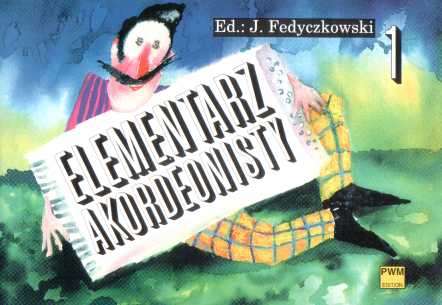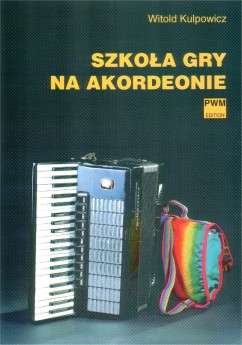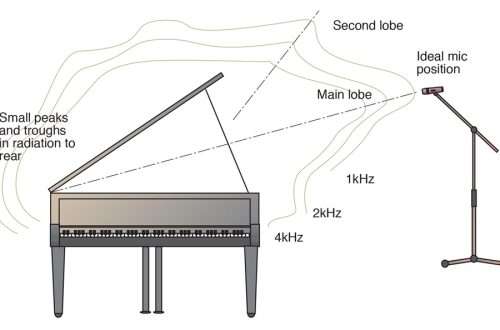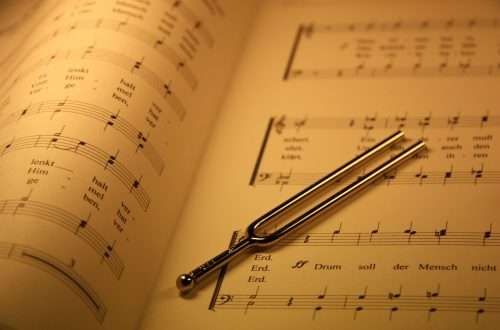
Accordion textbooks
Recently, you can find many different publications on learning to play the accordion, but one such cult and indispensable educational process for this instrument for decades is Witold Kulpowicz’s Accordion School, published by Polskie Wydawnictwo Muzyczna. It is a position on which hundreds or even thousands of accordionists, not only in Poland, were brought up. Every few years, the publication of this publication is re-issued, where the graphic design of the cover is changed, or the title, which recently was “Accordion School”, but the substantive content has not changed for years.
This handbook is a publication for several years of study and takes us from the simplest exercises to more and more advanced. You can say that we have something to work on during the first 3-4 years of study. At the beginning, we have general information on the structure of the accordion, the principle of operation and the production of sound, the correct position at the instrument, notation, rhythmic division, and marking of registers. Then there are the first exercises for the right hand and then the bass side is discussed. Of course, you have a graphical bass table with the individual sizes of accordions (8,12,32,60,80,120 bass) and go to the first bass exercises. After these introductory individual arm exercises, you move on to the two arm exercises. You start with the value of whole notes in the right hand and quarter notes in the left until progressively smaller. The textbook focuses on the interpretation of the played notes: legato – staccato, piano – forte, etc., and on the correct fingering. A very large part of the exercises is based on the etudes by Carl Czerny, but we can also find other composers, e.g. Tadeusz Sygietyński or Michał Kleofas Ogiński. A large part of it is the elaboration of folk melodies based on walczyce, obereks, polka dots, etc. This publication could not be complete without major and minor scales with written fingering. There is no doubt that the Accordion School, developed by Witold Kulpowicz, can be classified as the basic and obligatory publication for an accordionist.

Another publication worth paying attention to is “Szkoła na accordion” prepared by Jerzy Orzechowski and published by the Polish Music Society. Here, as in the previous item, at the beginning we have such introductory information on the structure of the instrument, correct posture, hand layout, techniques of bellowing, register markings and basic information on the principles of music. This school consists of two parts, but at the beginning of the first one you can see that it is a bit more difficult material than that of Kulpowicz’s school at the beginning. Here, a lot of emphasis is immediately placed on smiling, and the degree of difficulty of the following exercises is greater. This item is somewhat more varied in terms of the variety of songs. In Kulpowicz, the vast majority of exercises were based on Czerny’s etudes, here we meet many more composers, especially in the second movement. It is undoubtedly a very good supplement to the exercises and songs from the Kulpowicz School.

Once we have the elementary basics of playing the accordion behind us, it is worth getting interested in the “School of Accordion Bellows and Articulation” prepared by Włodzimierz Lech Puchnowski. The author of this school does not need to be introduced to anyone, because it is an icon of Polish accordionism of the XNUMXth century. This publication, as the title tells us, is devoted to bellowing and articulation. The types of articulation, methods of producing a sound, forms of its attack and ending are discussed.
The presented schools are already quite old publications, but they have not lost any of their relevance. Throughout their lives, musicians improve their musical skills, perfecting their skills. In order to properly develop this workshop, you need to have the right foundation. And it is in these books, which have been compiled by outstanding accordionists, that you can acquire such basics.





